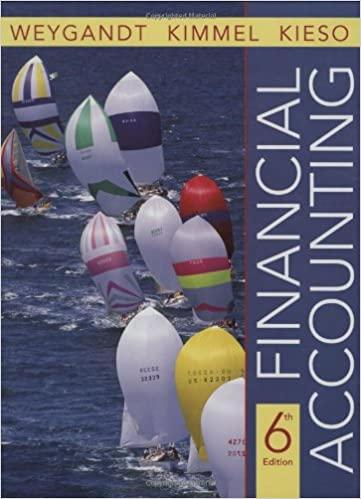Review for Exam 2 Chapter 19 Know the difference between calculating overhead rates for a traditional costing system vs. an activity-based costing system (ABC). Steps in an ABC system. Know how to calculate factory or manufacturing overhead costs using the rates in ABC know how to calculate total cost for a product using DM, DL, and overhead costs. Chapter 20 know definitions and examples of variable costs and fixed costs. know how to use the high-low method to separate mixed costs into variable and fixed. Know the following formulas: contribution margin, unit contribution margin, contribution margin ratio, break-even in units and dollars, target profit sales in units and dollars Understand the calculations on a contribution margin income statement: total dollars, per unit dollars, and percentages. Chapter 22 Know all definitions and information in the notes about a budget. Preparation of production budget, direct materials purchases budget, direct labor budget, manufacturing overhead budget, schedule of cash receipts and cash payments, and a cash budget. Review for Exam 2 Chapter 19 Know the difference between calculating overhead rates for a traditional costing system vs. an activity-based costing system (ABC). Steps in an ABC system. Know how to calculate factory or manufacturing overhead costs using the rates in ABC know how to calculate total cost for a product using DM, DL, and overhead costs. Chapter 20 know definitions and examples of variable costs and fixed costs. know how to use the high-low method to separate mixed costs into variable and fixed. Know the following formulas: contribution margin, unit contribution margin, contribution margin ratio, break-even in units and dollars, target profit sales in units and dollars Understand the calculations on a contribution margin income statement: total dollars, per unit dollars, and percentages. Chapter 22 Know all definitions and information in the notes about a budget. Preparation of production budget, direct materials purchases budget, direct labor budget, manufacturing overhead budget, schedule of cash receipts and cash payments, and a cash budget







